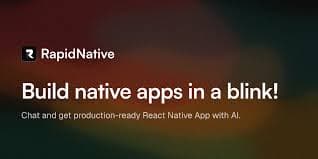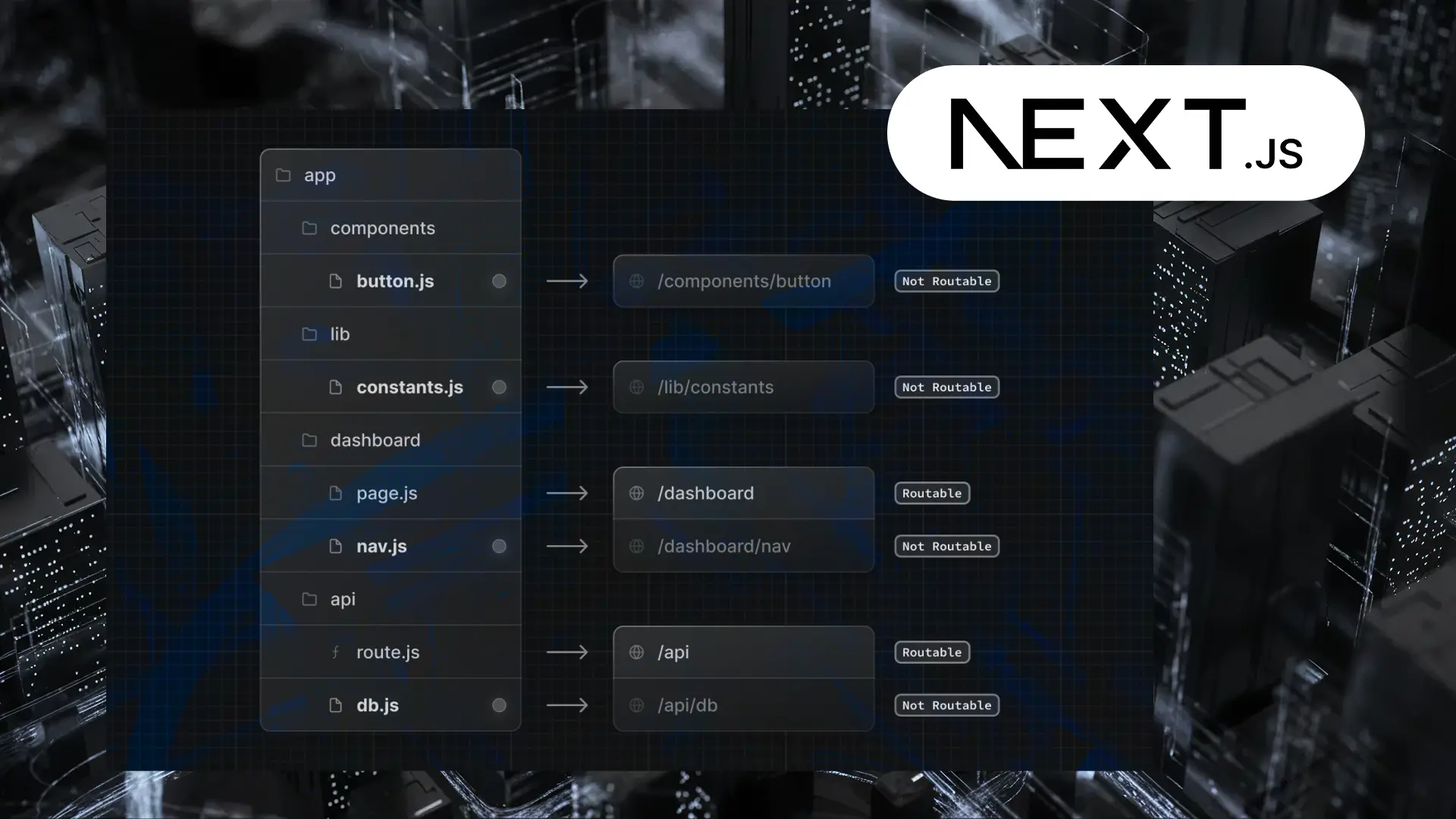Table of Contents
How AI and Automation Are Transforming Market Research
Author

Date

Book a call
Speed is the new currency in understanding consumers—delayed insights are simply wasted effort. Traditional market research—built on static surveys, manual analysis, and delayed reporting is no longer equipped to meet real-time demands. ESOMAR reports that only 22% of research data is acted upon, often due to its late arrival or limited depth. Meanwhile, AI and automation are transforming research into a fast, scalable, and continuously adaptive function.
In this blog, we explore how businesses are leveraging these technologies to collect richer data, generate predictive insights, and turn market understanding into a true competitive advantage.
The Bottlenecks of Traditional Market Research
Traditional market research has long supported business decision-making, but its methods are showing strain in a fast-moving digital environment. Surveys and interviews often take weeks to complete, while focus groups demand high costs and offer limited reach. By the time insights are compiled, market dynamics may have already shifted.
The challenge runs deeper. There is a growing gap between real consumer behavior and what static research captures. Most traditional methods rely on small, uniform sample sets and fail to reflect the speed, scale, and complexity of modern buyer journeys.
Outdated and incomplete insights hold little value in today’s fast-paced market landscape. Businesses need research tools that deliver both speed and depth—adapting in real time. This is exactly where AI and automation are changing the game.

AI-Powered Data Collection and Analysis
AI is redefining how businesses capture and process consumer insights, shifting from snapshots to streaming intelligence. At Procter & Gamble, AI systems scan global conversations to detect early shifts in sentiment and cultural trends, giving the brand a competitive edge when positioning products.
Natural Language Processing extracts themes, intent, and tone from open-ended feedback, reviews, and social media on a scale that humans cannot match. Visual AI decodes engagement from user-generated images, and platforms like Talkwalker surface emerging narratives in real-time.
Adaptive AI chatbots further enrich data by tailoring survey flows on the fly, increasing depth and response quality.
The result: faster, fuller, and more actionable views of what consumers think and feel.
Automation in Research Workflows: Speed, Efficiency, and Cost Advantage
Beyond data collection, automation is streamlining every part of the research lifecycle. From distributing surveys and cleaning data to generating dashboards, repetitive and manual tasks are being phased out.
Platforms like SurveyMonkey Genius, Qualtrics IQ, and Zappi allow companies to test product concepts, advertisements, or messaging in real time—drastically shortening time-to-insight. For instance, Unilever used Zappi to reduce ad testing cycles from weeks to days, enabling quicker pivots and more agile campaign decisions.
Automation also ensures consistent quality checks, flagging anomalies and filtering low-quality responses before they skew results. The outcome? Research teams gain more time to focus on strategic interpretation and recommendations rather than data wrangling.
The cost advantage is equally compelling. What once required a full team and several weeks can now be achieved with leaner teams in under 48 hours without compromising data integrity.
From Insight to Foresight: AI’s Predictive Edge in Market Research
The real value of AI in market research emerges not from analyzing the past—but from anticipating what comes next. With access to historical patterns, behavioral signals, and external market variables, AI models forecast outcomes such as customer churn, product adoption, or campaign performance with increasing precision.
Take Coca-Cola. By mining social media and lifestyle content, the company uses AI to detect early signals of emerging flavor preferences—allowing its R&D teams to act before trends reach critical mass.
Advanced firms are also leveraging synthetic personas—AI-generated user profiles that simulate real behavior under different scenarios. These models enable faster, low-risk testing of messaging, UX, and pricing strategies without waiting for full market validation.
Predictive intelligence does not replace strategic judgment—it enhances it. It allows companies to compress innovation cycles, reduce guesswork, and shift from reactive decision-making to proactive market leadership.
What is Next: Human Expertise Meets Intelligent Automation
As AI scales data processing, the role of human researchers is shifting toward higher-value interpretation. Analysts are evolving into strategic translators—applying context, empathy, and business insight to machine-generated patterns.
In this emerging model, AI delivers speed, scale, and precision, while humans validate nuance, cultural relevance, and ethical framing. The most effective teams operate in tandem—where algorithms uncover the "what" and humans define the "why" and "what next."
This collaboration demands responsible AI practices: algorithmic transparency, informed consent, and bias mitigation will define the credibility of future research ecosystems.
The trajectory is clear—AI won’t replace human researchers. It will elevate their role, enabling faster, deeper, and more strategic decision-making.
Conclusion: Turning Data Into Foresight Starts Here
AI and automation have redefined the role of market research—from retrospective analysis to a forward-looking, always-on intelligence function. This shift empowers businesses to move faster, respond smarter, and innovate with greater confidence. As consumer behavior grows more dynamic and fragmented, relying solely on traditional methods limits both visibility and agility.
Leading organizations are already aligning research with strategy—integrating predictive models, real-time feedback loops, and adaptive workflows. This isn’t about keeping pace—it’s about staying ahead.
Partner with GeekyAnts to build AI-powered research solutions that drive intelligent decision-making.
Dive deep into our research and insights. In our articles and blogs, we explore topics on design, how it relates to development, and impact of various trends to businesses.





